April 15, 2025 | 16:06 GMT +7
April 15, 2025 | 16:06 GMT +7
Hotline: 0913.378.918
April 15, 2025 | 16:06 GMT +7
Hotline: 0913.378.918
To commence the conference held on the morning of October 1 in Hanoi, Minister Le Minh Hoan played a video showcasing the sales of agricultural products through social media with the goal of expanding the reach of Vietnamese agricultural products.
At the end of the video, the Minister remarked, "The video introduces a newer and brighter perspective on Vietnamese agriculture. It is time for the agricultural sector to embrace innovation and change its management mindset on multimedia communication. Additionally, the sector must change its mindset based on leveraging the digital transformation platform. Instead of focusing solely on issuing documents, sometimes a video can have a tremendous impact."
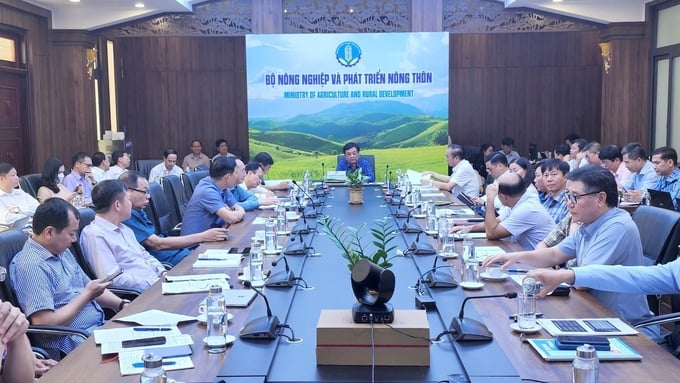
Minister of Agriculture and Rural Development Le Minh Hoan stated that it is high time for the agricultural sector to embrace innovation and change its management mindset on multimedia communication. Photo: Quang Dung.
According to Mr. Viet, Director of the Information Planning Department, Vietnam's agricultural sector has achieved commendable results across various fields in the first nine months of 2023,. Most notably, the domestic rice harvest production reached 33.6 million tons, marking an increase of 0.7% compared to the same period in 2022.
Regarding fruit trees, the total production area surpassed 1,260 thousand hectares, signalling an increase of 14.9 thousand hectares compared to the same period in 2022. In addition, the majority of key fruit tree crops have achieved higher yields compared to that of the previous year. In terms of industrial crops, the production area surpassed 2,190 thousand hectares, which is equal to that of the same period in 2022. However, favorable weather conditions have led to higher yields in the major industrial crop categories.
Regarding livestock production, due to the effective control of livestock and poultry diseases in the first nine months of 2023, this sector has exprienced relatively positive growth. The overall livestock population has increased, with the exception of the buffalo population, which continues to decline due to reduced grazing land and limited economic efficiency. However, this decline is less significant compared to the same period in 2022.
Regarding the fisheries sector, there have been promising signals in the field of exploitation. The total fishery production in the first nine months of 2023 reached nearly 6.8 million tons, marking an increase of 2.1% compared to the same period in 2022. This includes over 3 million tons from exploitation and approximately 3.8 million tons from aquaculture, reflecting a 0.4% and 3.6% increase, respectively.
Mr. Viet highlighted that the exports of Vietnamese agricultural and aquacultural products in September were relatively favorable, reaching a total turnover of 4.8 billion USD, which is an increase of 22% compared to September 2022. Exports of Vietnamese products performed positively across various sectors, with agricultural exports reaching 2.45 billion USD, representing an increase of 46.9%; livestock exports reaching 45.3 million USD, representing an increase of 32.6%; forestry exports reaching 1.28 billion USD, representing an increase of 7.3%; fisheries exports reaching 850 million USD, representing a marginal decrease of 0.8%. Vietnam's total export turnover for the first nine months of the year is estimated at 38.48 billion USD.
Mr. Viet added, "If the export turnover remains at 5 billion USD per month for the remaining three months of 2023, the total export turnover for Vietnam's agricultural sector's in 2023 will be equal to that of 2022. However, with more optimistic growth, the total export turnover can reach 54 billion USD by the end of the year.
Mr. Tong Xuan Chinh, Deputy Director of the Department of Livestock Production, reported that despite several difficulties facing livestock production, the rising pork prices have provided significant motivation for farmers and farms to resume breeding activities. Additionally, the prices of livestock feed in September decreased by 1 to 3%, depending on the product. This indicates a return to stability after a prolonged period of price surges. The livestock sector is confident in its ability to meet the demand for meat, eggs, and milk by the end of the year.
Deputy Minister of Agriculture and Rural Development Phung Duc Tien emphasized that despite the current challenges, the agricultural sector has achieved commendable results. This success is attributed to the sector's collective efforts in enhancing the efficiency of crop and livestock structure transformation, harnessing resources for agricultural production, processing, and consumption. The agricultural sector has achieved comprehensive and relatively high growth, serving as a driving force and a pillar of the economy.
According to Mr. Le Van Thanh, Head of the Ministry of Agriculture and Rural Development's Office, several key solutions for the remaining months of 2023 include: Directing the 28 provinces and cities to prepare for discussions with the European Commission's Inspection Team regarding illegal, unreported, and unregulated (IUU) fishing practices; Coordinating disaster prevention efforts and promptly responding to the impacts of heavy rainfall, storms, and floods in 2023; Maintaining traditional export markets in addition to negotiating the removal of technical barriers to expand agricultural export markets, with a focus on major economies.
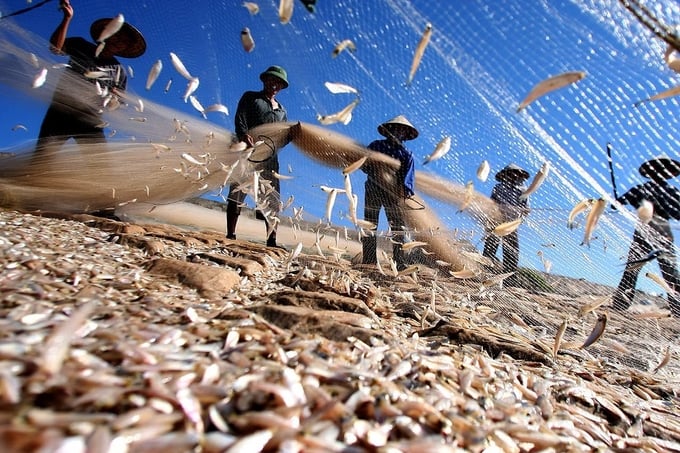
Regarding the fisheries sector, there have been promising signals in the field of exploitation. Photo: Quang Dung.
According to Mr. Nguyen Van Viet, the agriculture sector has set the following targets for 2023: a total GDP growth rate between 3 and 3.5%; a total export turnover of agriculture, forestry, and fisheries between 53 and 54 billion USD; a stable forest coverage rate of 42%; 78% of communes meeting new rural standards; and 57% of rural households using clean and regulated water.
In order to achieve the aforementioned targets, Mr. Viet believes that it is necessary to focus on sectors with strong potential and prospects for significant growth such as crop production, livestock production, fisheries, wood, and wood products until the end of the year. The close monitoring of weather conditions and natural disasters is essential to guide seasonal planning and adjust crop structure. Additionally, monitoring the progress of the winter-spring rice crop and ensuring a balanced supply of rice and rice products to meet domestic consumption and export demands are crucial. Effective control of livestock and poultry diseases, herd expansion, and monitoring of supply and demand dynamics to stabilize prices are also key factors.
Director of the Department of Plant Protection, Mr. Huynh Tan Dat, stated: "We have made significant efforts in recent years to diversify markets. We have opened up new markets for exporting chili to Malaysia. We are also currently negotiating to expand the export of select agricultural products to India. Our cooperation with markets such as Australia and South Korea is developing exceptionally. Most notably, China is an important market where we are focusing on exporting fresh melons, medicinal plants, and frozen products, including frozen durian, etc.
Mr. Dat added: "We have also opened expanded our rice target market to Uzbekistan, and the draft proposal for exporting melons to Australia has been submitted to their government."

Mr. Huynh Tan Dat, Director of the Department of Plant Protection, stated that the export turnover of Vietnamese durian to the Chinese market reached 1.6 billion USD in the first eight months of 2023. Photo: TL.
Furthermore, according to Mr. Nguyen Nhu Tiep, Director of the Department of Quality, Processing, and Market Development, the number of export markets as well as the number of production unit codes have remained relatively stable since the beginning of 2023, which is a positive development that allows for further expansion in the last quarter of the year. Subsequently, efforts must be made to address the recommendations made by the recent IUU inspection team, with a clear focusing on Ba Ria - Vung Tau and Binh Dinh provinces as key areas. On the other hand, rapid responses to market changes, especially in the Chinese market, and increased communication for trade connections are essential.
At the conclusion of the conference, Minister Le Minh Hoan showcased a variety of visually appealing salt products, including salt combined with different flowers and salt infused with herbs, which are sold in supermarkets in Austria and Belgium. According to the Minister, these products are the result of an integrated multi-value approach, combining sea salt with forest herbs to create high-value cosmetic and pharmaceutical products, instead of being limited to food seasoning.
Minister Hoan assessed, "We acknowledge the achievements of the agricultural sector in the first nine months of 2023. We have completed three-quarters of the journey, with only one quarter remaining, but there is still much work to be done."
Accordingly, he called for greater efforts, urging stakeholders to focus on implementing and completing the tasks assigned by the government and the Prime Minister. Additionally, he suggested supplementing a comprehensive plan for the digital transformation of e-commerce in the agricultural sector. Regarding irrigation and disaster prevention, he stressed the importance of proactive forecasting and response scenarios. In terms of market expansion, he emphasized the need to concentrate on key markets such as the Middle East, Africa, and the Americas.
He also drew attention to the importance of complying with production unit codes, and providing protection for trademarks, geographical indications and origin traceability. Minister Hoan encouraged active engagement with the EU on two significant proposals for the EU's support in the aquacultural economy and maritime economy sectors, as well as the EU Deforestation Regulation (EUDR).
Minister Le Minh Hoan concluded by stating, "The agricultural sector has gradually overcome its challenges, and despite remaining issues, there has been a significant recovery in the last few months. The sector has confidently expanded markets, streamlined regulations, and achieved remarkable results in the first nine months of 2023. This is the result of a innovative thinking process, and the strong involvement of the units under the Ministry of Agriculture and Rural Development. Most importantly, it signifies a shift from a production-focused mindset to an economic mindset, which prioritizes market orientation and adherence to production standards."
Translated by Nguyen Hai Long
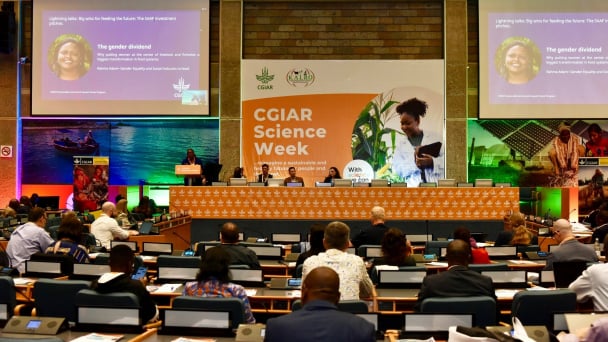
(VAN) The CGIAR’s Sustainable Animal and Aquatic Foods (SAAF) program represents a new approach that emphasizes the transformation of food systems toward sustainability.
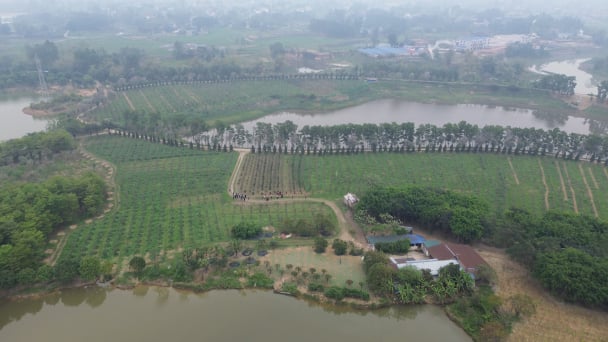
(VAN) Scientists assume that industrial agriculture has been 'outdated.' As a result, a comprehensive overhaul or a revolution in the direction of embracing ecological agriculture is needed.
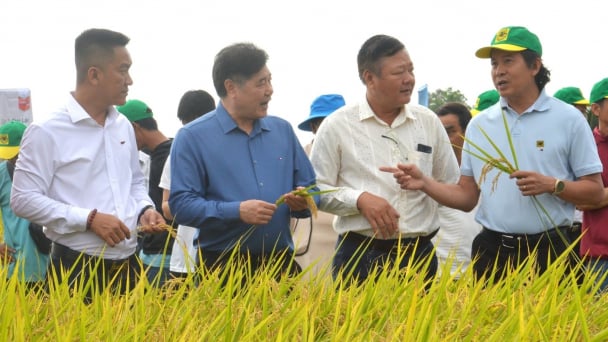
(VAN) The results from pilot fields are catalyzing the expansion of the One million hectares of high-quality, low-emission rice project in Kien Giang.
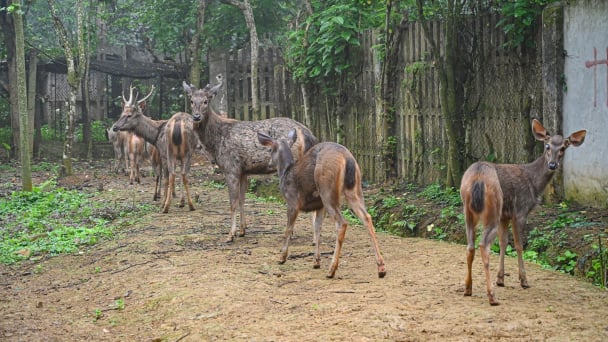
(VAN) On the morning of April 11, Cuc Phuong National Park received 18 individuals of endangered and rare wild animals from Da Nang city.
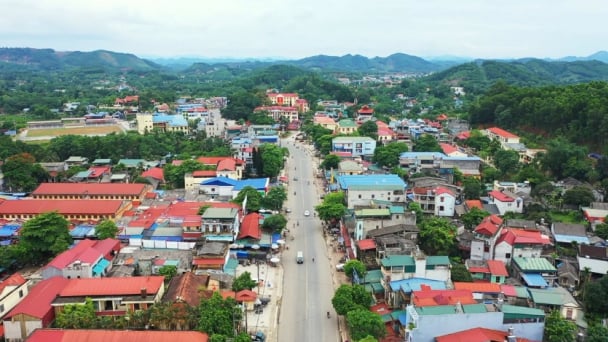
(VAN) FAO supports Vietnam in enhancing survey sampling techniques for the 2025 nationwide agricultural and rural census.

(VAN) By participating in the green transition, manufacturers become an indispensable part of the circular economy, contributing to resource optimization and environmental protection.
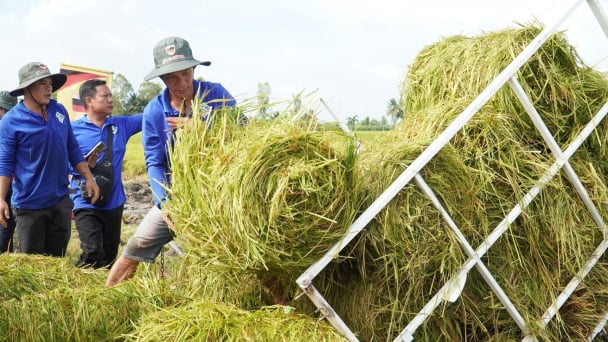
(VAN) The One Million Hectares of High-Quality and Low-Emission Rice Program can generate nearly 14 million tons of straw annually, posing an urgent requirement to diversify straw-based products.